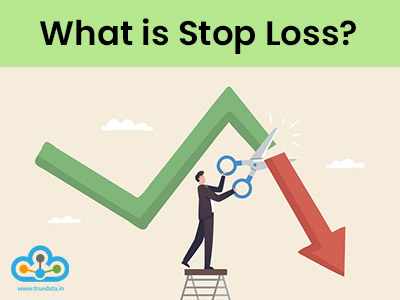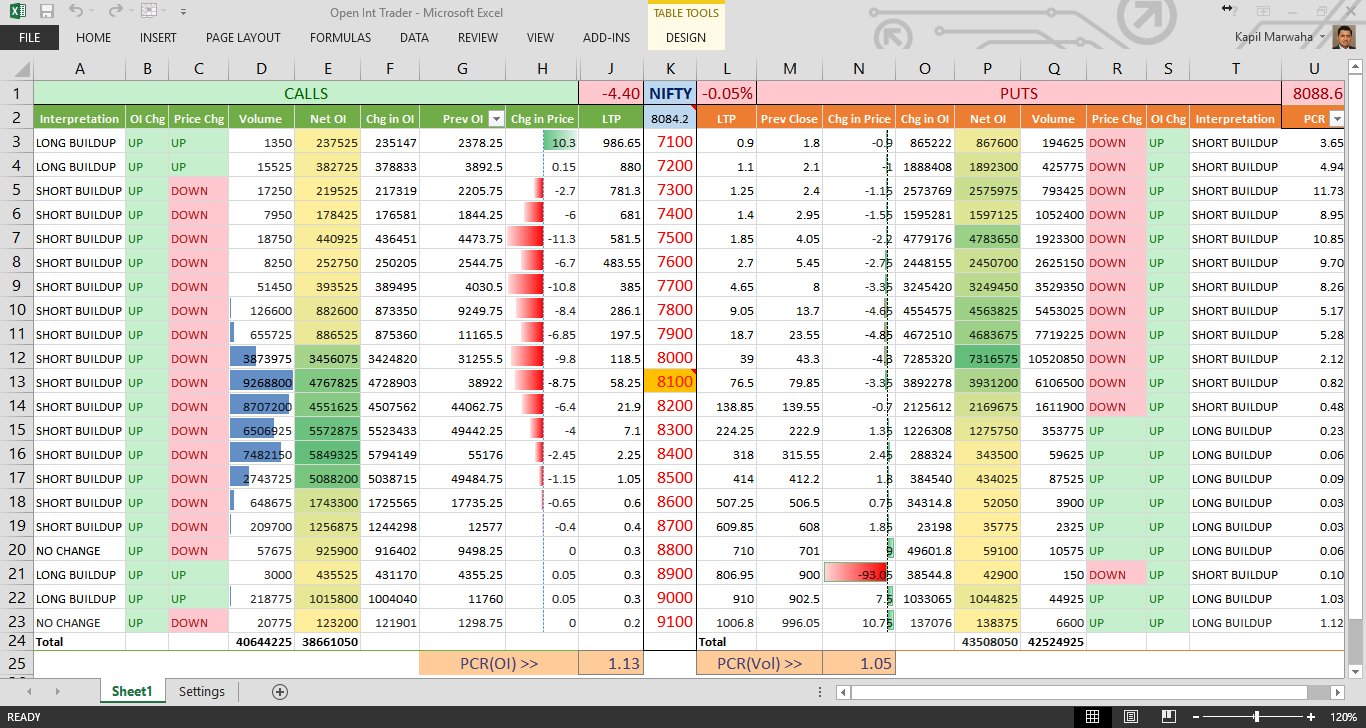
Trading is the art of buying and selling securities to make a profitable trading portfolio. To successfully do so, a trader needs to learn the nuances of trading which includes learning about the types of orders in the stock market. Here is a comprehensive guide to learning all about different types of stock market orders and when to use them.

A stock market order is an instruction given by an investor to a broker or a trading platform to buy or sell a specific quantity of stock at a specified price or the current market price. Traders use different types of orders in their trading journey like market orders, limit orders, and stop-loss orders. A clear understanding of these orders and their use is essential for traders to execute trades successfully and to ensure that the trading portfolio aligns with their risk appetite and returns perception.
Understanding different types of stock market orders is crucial for any trader. Each type of order serves a specific purpose and comes with its own set of advantages and disadvantages. Here's a simple explanation of the most common types of stock market orders.

A market order is a directive to buy or sell a stock immediately at the prevailing market price.
Traders opt for market orders when they prioritise swift execution over the exact price. This is crucial in fast-moving markets where delays can lead to missed opportunities or losses.
Market orders ensure trades are executed promptly, helping traders quickly enter or exit positions. This is advantageous during volatile market conditions or when reacting to breaking news.


A limit order specifies a desired price at which a trader is willing to buy or sell a stock.
Traders use limit orders to control transaction prices. They set buy orders below the current market price and sell orders above them to ensure favourable pricing.
Limit orders prevent overpaying for buys and underselling for sells, promoting cost-efficiency in trading operations.


A stop order initiates a market order once a stock reaches a predefined price level (the stop price).
Traders employ stop orders to mitigate losses or secure profits automatically. They're pivotal in risk management, preventing significant portfolio declines.
Stop orders enable traders to preemptively exit positions if stock prices move unfavourably, curtailing potential losses.


A stop-limit order merges features of stop and limit orders. It converts into a limit order once the stock hits the stop price.
Traders opt for stop-limit orders to exert precise control over execution prices post-trigger while limiting potential losses.
This order type balances between price control (via the limit order) and risk management (via the stop order), offering tailored trade execution strategies.

A day order is valid only for the trading day it is placed. If unfilled by the end of the trading session, the order stands expired automatically.
Traders employ day orders to confine trading activities to current market conditions, avoiding unintended execution in subsequent sessions.
This order type fosters trading discipline by aligning transactions with daily market movements and trading strategies.


A trailing stop loss order is a dynamic type of stop order that moves with the market price by a specified amount or percentage. It's designed to lock in profits while protecting against significant losses.
Traders use trailing stop loss orders to automate their exit strategy as the stock price moves in their favour, aiming to capture gains while limiting potential losses.
This order helps traders manage risk by adjusting the stop price upwards (for long positions) or downwards (for short positions) as the stock price moves, thereby securing profits if the market reverses.


A cover order combines a market or limit order with a compulsory stop-loss order at the time of placing the trade.
Traders use cover orders to manage risk efficiently by ensuring there's an automatic exit strategy in place to limit potential losses while placing their primary buy or sell order.
This order type helps traders adhere to disciplined risk management practices mandated by exchanges while allowing for leveraged trading with lower margin requirements.


A bracket order is an advanced order type that includes a primary order along with two opposite-side orders (profit-taking and stop-loss) to manage trades comprehensively. These orders are also known as Robo orders which are currently provided by a few brokers offering automated trading. They are executed based on predefined algorithms or criteria. This allows traders to manage their trading portfolio at record speeds and without human intervention to ensure maximum capitalisation of profitable opportunities.
Traders use bracket orders for integrated risk management, automatically closing positions at predefined profit and loss levels to maximise gains and minimise losses.
This order type helps traders implement disciplined trading strategies by setting clear exit points for both profit and loss scenarios, thereby reducing emotional decision-making during volatile market conditions.


An after-market order is placed outside regular trading hours and executed when the market opens on the next trading day.
Traders use AMOs to react to news or events occurring after the market closes, allowing them to position themselves before the next trading session begins.
This order type provides convenience and allows traders to plan and execute trades based on overnight developments or changes in global markets that impact Indian stocks .

Learning about the different types of orders is part of understanding the basics of stock markets and technical analysis concepts. The use of these types of orders enables traders to execute their trading plans efficiently and ensures their trading portfolios are aligned with the ultimate trading goals.
The article provides insight into the common types of orders used by traders. Let us know if you need information on any more types of orders and we will address them.
Till then Happy Reading!
Read More: Mistakes to Avoid When Backtesting Your Trading Strategy

Introduction It is often said that technical analysis in stock is the bread and...

NSE Stock Prices in Excel in Real Time - Microsoft Excel is a super software cap...

In the world of high-speed trading, success often hinges on capitalising on even...